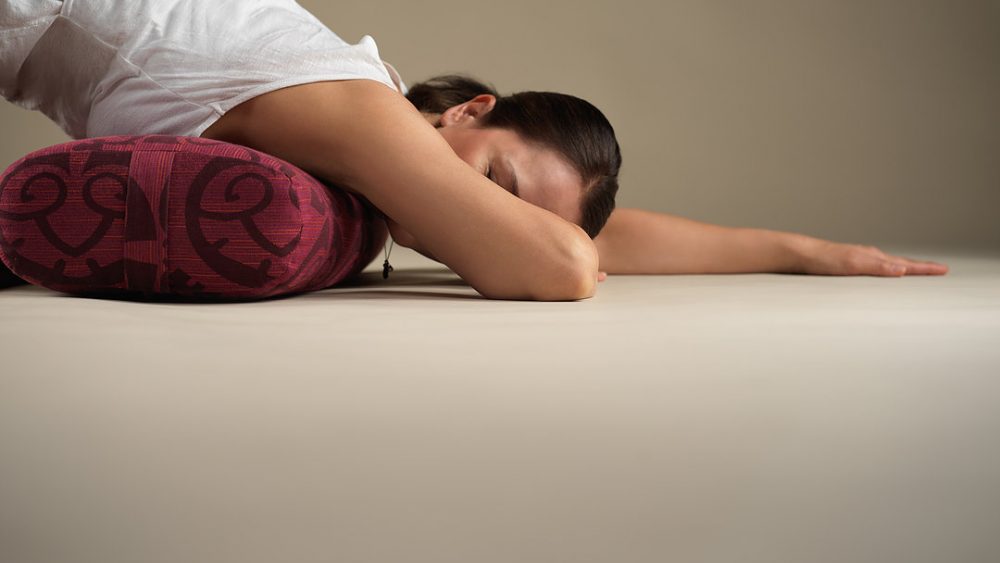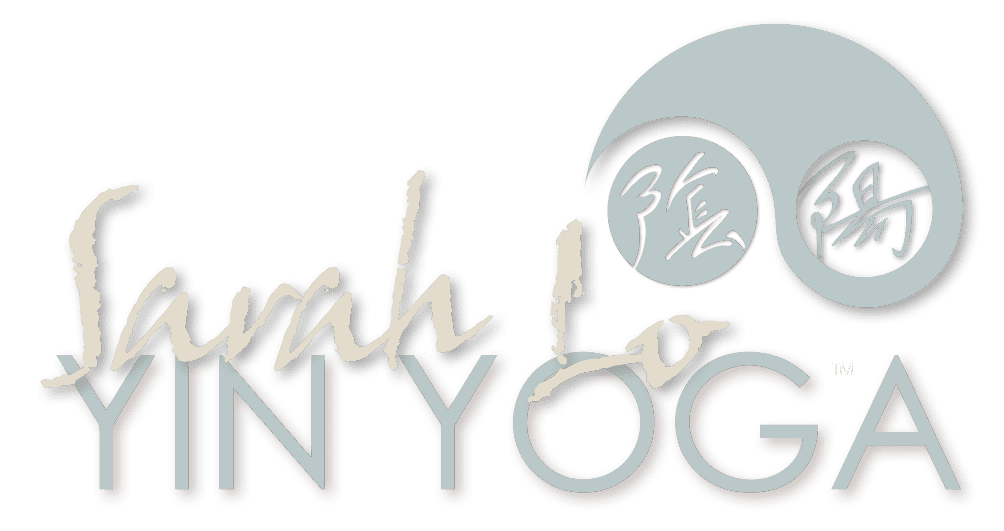
What is Yin Yoga?
In this blog I will answer the question, What is Yin Yoga?
Yin yoga is a transformational style of yoga when practised with Mindfulness of the breath and body. Yin yoga, as with all yoga, can work on all 4 dimensions of the body – the energetic, the physical, the mental and the emotional. The way in which we learn Yin Yoga through Sarah Lo enhances our capacity for learning mind training with specific styles of Shamatha and Vipassana Meditation practices. We learn how to stabilise the mind and stay present in the moment during mini-meditation practices while we hold yin poses.
On a physical level, we enhance flexibility within the body right through to the deeper connective tissues surrounding the joint capsules. The stable postures when practised correctly with soft muscular ease but allowing sufficient deep sensation to be felt, allows the ligaments to be loaded within their safe range of motion and this overtime enables strengthening of both ligaments and tendons to occur. The deeper fasciae layers are also reached and these layers released and can gain more ease of movement. Bone enhancement can also occur with stable postures where weight bearing on the bones can take place eg dragon and sphinx or seal pose. The body physically can heal as organ chi is brought back to balance when the particular meridians that run through these organs are stimulated. When there is healing and balance, the immune system improves, the circulatory system improves and the subtle energy body runs on a more harmonious level.
Energetically, we can enhance chi or prana flow by removing blockages or stagnant or even depleted energy by stimulating the soft tissue in the meridian channels. This actually happens physiologically as we remove toxins and debris trapped in the extra cellular matrices of the tissues. The chain of linked hyaluronic acid molecules that are actually found in the meridian maps or channels are stimulated, uncoil as they become more hydrated and chi flows more harmoniously through the channels when yin poses are held for a sufficient amount of time. Revitalising and energy enhancing takes place, particularly when energy levels are low or depleted. So a person may well benefit from a yin practice to restore energy levels when they are particularly tired but conversely a person who is running on adrenalin and has high energy can benefit from a calming, soothing yin practice, to bring down cortisol, adrenalin and stress hormones that are keeping them going.
Emotionally yin yoga is particularly potent as I have found it is the only style of yoga that truly allows me time and space and opportunity to recognise emotions that are present and to be able to fully integrate them into my practice without trying to repress or ignore them to focus on a more energetic or yang style of practice. It allows me time to enable emotions to be felt or met and given room to breathe. The inward contemplation and focus that occurs when you have time to experience things as they are with a clear and open consciousness is where yin yoga is quite unique. Of course one must also be aware that yin yoga poses can trigger certain emotions (as with all yoga) but because of the longer lengths of time we hold the postures, we learn to tap into our emotional intelligence to know that these emotions, though actually felt, are voluntarily simulated and not going to be permanently felt and that we may also be helping to unblock and release toxins and even emotions that are held within the tissues, particularly in liver poses where we activate the detoxification process by stimulating the liver meridians. So we may feel strong sensations and they may not be comfortable and possibly highly challenging (particularly on some days depending on the time of month for women or other stresses occurring in our lives) but we learn how to breathe through them with either enhancement breath techniques or tapping into our emotional intelligence to remind ourselves that we are in fact safe and in a voluntary, controlled environment and that we are simply flushing through some of the meridians to enable chi to flow more smoothly.
We can learn to set the mood or tone when practising mindfulness in Yin yoga. Learning how to be with ourselves as we are with an attitude of care, kindness and empathy, allows us to tailor our yin practice to meet our body and our minds as they are. So yin yoga also becomes a preventative style of yoga as it improves mental as well as organ health too and helps keep our whole body systems running more smoothly and efficiently on all 4 levels of emotion, physical, energetic and mental. Yin yoga is a resource for all ages, abilities and can be included to meet all circumstances and conditions that we find ourselves in at any given time of our lives. It is adaptable from practice to practice and is used to fine-tune the body and gives us time to discover how we really are in the physical body, to better connect with our state of mind, our emotions and our breath too.
It doesn’t necessarily mean that we will feel all our problems or woes dissolving away during or after practice but the practice of pausing, softening and feeling into ourselves as we are building greater capacity and resiliency to inhabit ourselves as we truly are.
I hope I have been able to answer the question, what is Yin Yoga?
